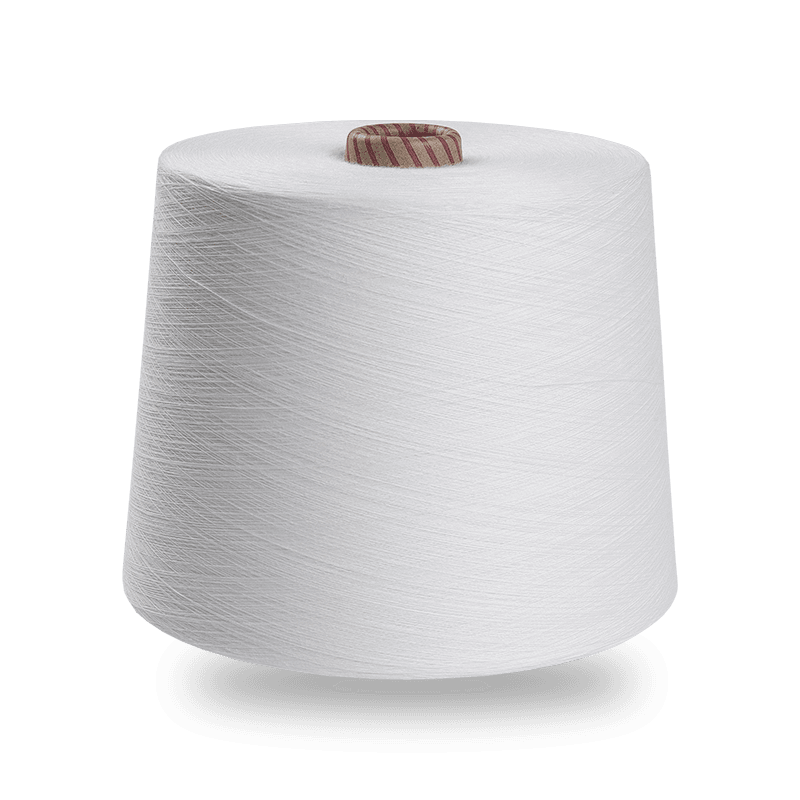Commonly known as nylon, the English name Polyamide (PA for short), 1.15g/cm, is the general term for polymer resins containing chloride groups -[NHCO]- on the molecular backbone, including aliphatic PA. Fat-pumps are made by a famous American company. Aliphatic PA and power PA developed by Carothers and his research team. .
The basic name is a term for fiber (nylon), which can be composed of long or short fibers. It is a fat group connected by a bond -[NHCO]-.
Molecular Structure
Commonly used nylon fibers can be reduced in class.
Genie is polyhexamethylene adipate obtained by polycondensation of diamine and diacid. The chemical structure of its long-chain molecule is:
H-[HN(CH2)XNHCO(CH2)YCO]-OH
The relative value of this type of nylon is generally 17000-23000. Different nylon products can be obtained according to the number of diamines and diamines used. The acid is distinguished by the number added to the nylon. The first number is the number of carbon atoms of the diamine, and the second number is two. The number of carbon atoms of the basal acid. For example, nylon 66 indicates that it is made by polycondensation of hexamethylene diamine and adipic acid; nylon 610 indicates that it is made of hexamethylene diamine and sebacic acid.
The other type is obtained by internal polycondensation or ring-opening polymerization, and the chemical structural formula of its long-chain molecule is:
H-[NH(CH2)XCO]-OH
For example, nylon is obtained by ring-opening polymerization of its own internal structure containing 6 carbon atoms.
Nylon 6, Nylon 66 and other aliphatic nylons are all composed of linear macromolecules with buttons (-NHCO-). Polyamide molecules have -CO-, -NH- groups, which can form hydrogen bonds between or within molecules, and can also be combined with other molecules, so nylon can absorb moisture better and form a better crystalline structure.
Because of the weak van der Waals force between -CH2- (so methylene) in the nylon molecule, the chain curl of the -CH2- chain part of the molecule may be. Various nylons are due to the number of -CH2-. In addition, individual nylon molecules have directionality. The structural direction of the molecules is different, and the properties of the fibers are not exactly the same.


 English
English 中文简体
中文简体 Español
Español عربى
عربى











